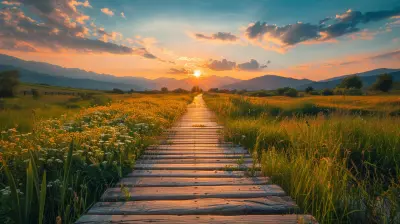The Ultimate Guide to Europe's Best Wine Regions
17 October 2025
If you’ve ever dreamt of sipping a glass of velvety red while overlooking rolling vineyards soaked in golden light — you’re in luck. Europe isn’t just the birthplace of winemaking, it’s arguably the heart and soul of it. From France’s luxurious châteaux to sun-drenched Spanish hillsides, Europe is dripping with wine-soaked magic. Whether you're a seasoned sommelier or just someone who really loves their glass of cabernet with dinner, this guide will take you on a journey through Europe’s absolute best wine regions.
So grab your favorite bottle, kick back, and let’s wander through the grapevines. 🍷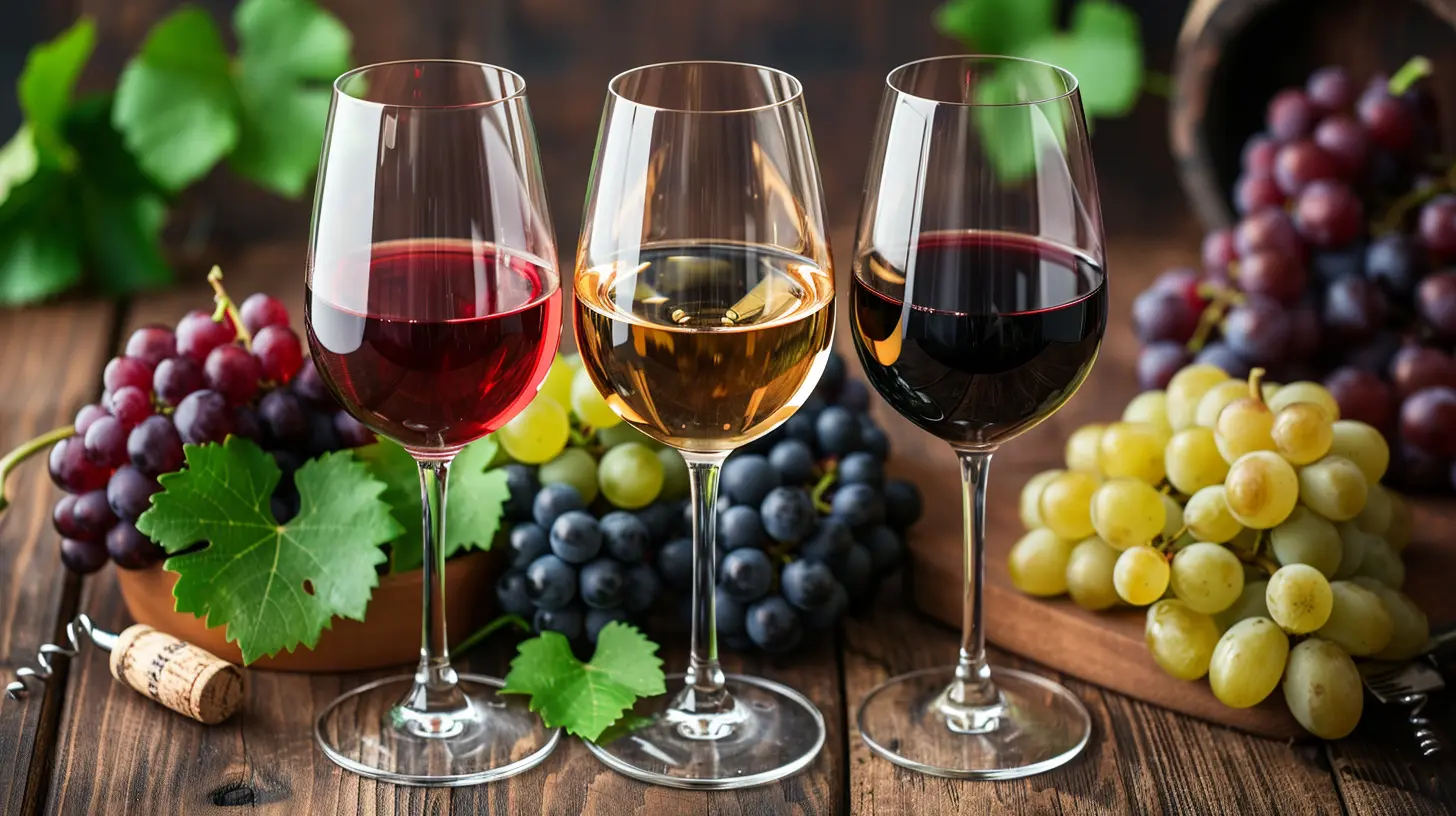
Why Europe is a Wine Lover’s Wonderland
Let’s get real: Europe is the OG when it comes to wine. We’re talking ancient vineyards, traditions passed down for centuries, and a diverse climate that makes every bottle taste like a story. Terroir (that fancy French term that means “the land where it's grown”) is everything here — and in Europe, the terroir is king.You'll find everything from crisp whites to dark, brooding reds, sparkling concoctions to sweet dessert wines. Honestly, it’s like Disneyland for adults — but with less Mickey and more Merlot.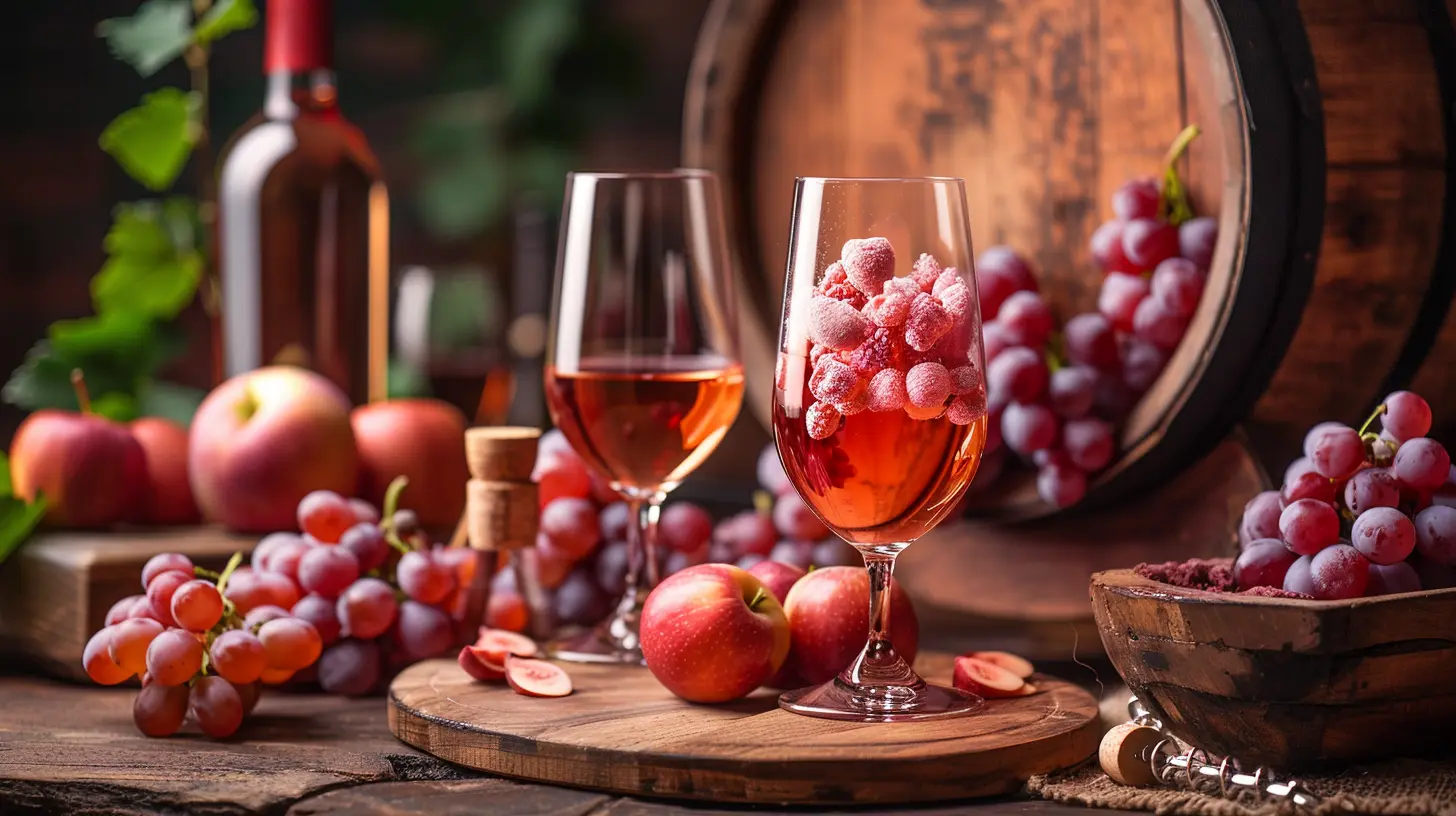
1. Bordeaux, France – The Aristocrat of Wine Regions
Ah, Bordeaux. Even if you’ve never set foot in France, chances are you've had a Bordeaux wine at some point. This region isn’t just famous — it sets the standard.What Makes Bordeaux So Special?
Bordeaux is all about blending. Famous for red wines made from Cabernet Sauvignon, Merlot, and Cabernet Franc, this region crafts wines with bold tannins but silky finishes. The balance is everything here.Don’t Miss:
- Saint-Émilion: A medieval village straight out of a fairy tale, known for rich Merlot-based wines.- Medoc: Home to prestigious estates like Château Margaux and Château Lafite Rothschild.
- Sauternes: Sweet wines that taste like liquid gold.
Insider Pro-Tip:
Visit during harvest season (late September to October) when the vineyards are buzzing with activity, and the air smells like ripe grapes and toasted dreams.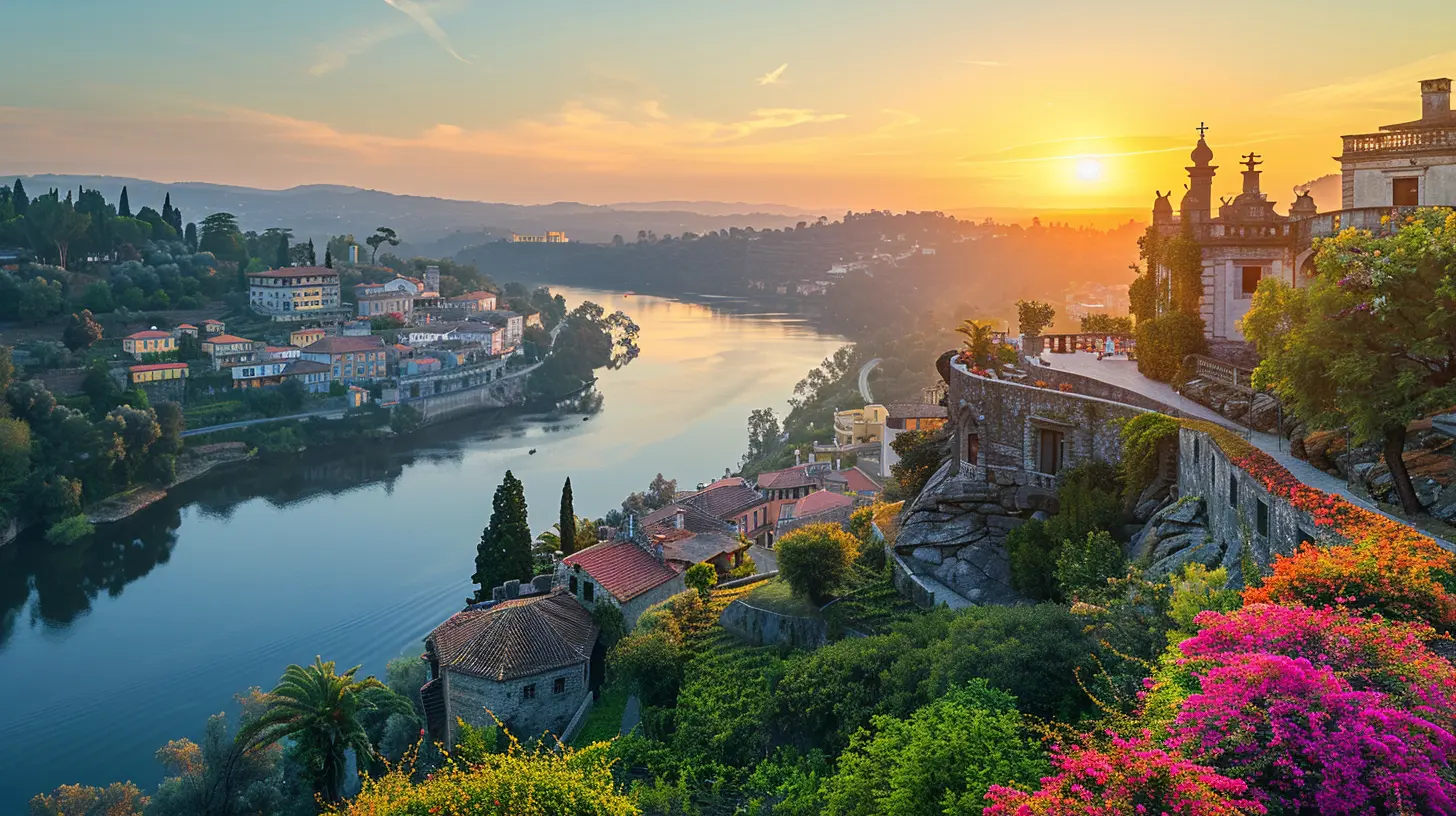
2. Tuscany, Italy – Where Passion Meets the Vine
If Bordeaux is the aristocrat, Tuscany is the passionate artist painting sunsets with Sangiovese grapes. Rolling hills, rustic farmhouses, and golden light—Tuscany just gets you.The Magic of Sangiovese
Chianti, Brunello di Montalcino, and Vino Nobile di Montepulciano are all made predominantly from Sangiovese. This grape gives you tart cherry flavors with earthy, herbal undertones. It's like drinking the Italian countryside.Don’t Miss:
- Chianti Classico: The heartland of Tuscany with iconic black rooster wines.- Montalcino: Home of Brunello, a serious, age-worthy wine lovers swear by.
- Bolgheri: Think Super Tuscans (blends that broke the rules—and wowed the world).
Food Pairing Tip:
Pair a Chianti with a classic Bolognese. It’s like Romeo and Juliet… without the tragic ending.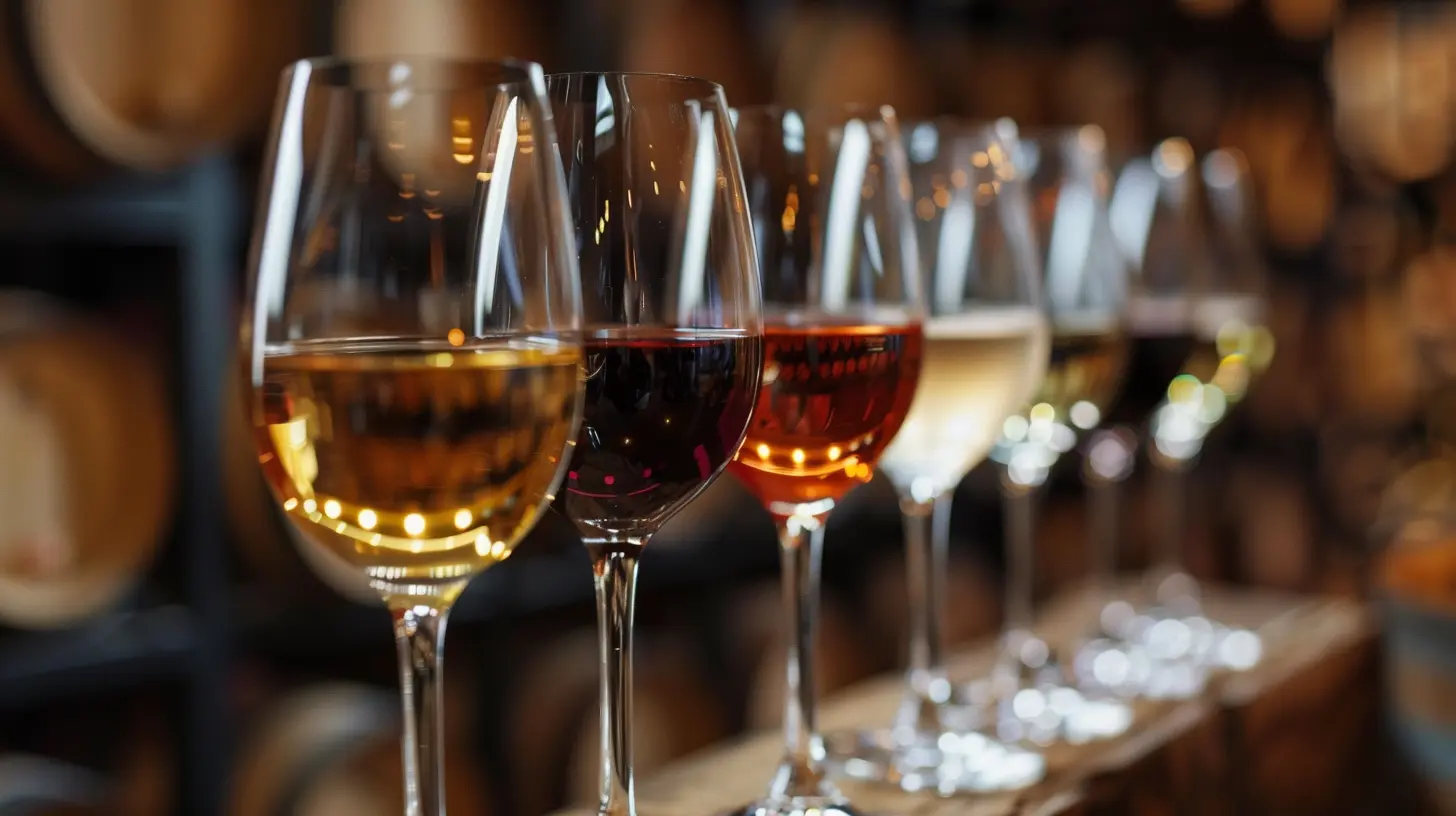
3. Rioja, Spain – The Underdog That Packs a Punch
Let’s talk Spain — specifically Rioja. While France and Italy sometimes steal the wine spotlight, Rioja is that cool, rebellious cousin who knows how to have fun and age gracefully.Tempranillo Takes Center Stage
The main grape here is Tempranillo — a red grape that’s juicy, spicy, and oh-so-smooth. Rioja wines are aged in oak barrels, sometimes for decades, which means you’ll taste hints of vanilla, leather, and dried fruit.Don’t Miss:
- Rioja Alta: Classic, elegant, aged wines.- Rioja Alavesa: Fresher and more modern styles.
- Rioja Oriental: Warmer region producing fuller-bodied wines.
Fun Fact:
Wineries here are called “bodegas” — and some look like they belong in an architecture magazine. Think wine meets futuristic design.4. Douro Valley, Portugal – The Birthplace of Port (and So Much More)
Portugal isn’t just the home of Cristiano Ronaldo and pastel de nata (although both are fantastic). The Douro Valley is one of the oldest demarcated wine regions in the world — and it’s jaw-droppingly beautiful.Not Just Port
Yes, Port is the star here — that rich, fortified dessert wine — but don’t sleep on the Douro's dry reds. They’re powerful, complex, and downright delicious.Don’t Miss:
- Vintage Port: Bold, sweet, and aged to perfection.- Dry Reds: Made from native grapes like Touriga Nacional and Tinta Roriz.
- River Cruises: Sip wine as you drift down a UNESCO-listed valley? Yes, please.
Travel Tip:
The vineyards here are carved into steep terraces. It’s like winemaking meets mountain climbing.5. Mosel, Germany – Riesling Royalty
Okay, let’s pivot to something refreshing. The Mosel region in Germany is Riesling country, baby. If you think all Rieslings are sweet, think again. These wines can be bone dry, sweet as honey, or somewhere in between — but they’re always crisp and elegant.Riesling: The Queen Bee
This grape loves the slate soil and steep slopes of the Mosel. The result? Wines with zingy acidity, minerality, and delicate aromas of green apple, lime, and white flowers.Don’t Miss:
- Bernkastel-Kues: Picture-perfect town with some of the best vineyards.- Piesport & Wehlen: Home to top single-vineyard Rieslings.
- Ice Wine (Eiswein): Made from grapes frozen on the vine. It’s rare and exquisite.
Pro Tip:
Don’t fear the German wine label — once you crack the code, it’s like a treasure map.6. Champagne, France – Pop the Bubbly!
Okay, we couldn’t do a list like this without Champagne. Technically part of northeastern France, Champagne is the only place in the world that can legally call its sparkling wine “Champagne.”The Art of Bubbles
Traditional method (called méthode champenoise) is what sets Champagne apart. It’s a labor-intensive, bottle-fermented process that results in those fine, persistent bubbles that tingle your nose and tickle your palate.Don’t Miss:
- Reims: Home to big houses like Veuve Clicquot and Taittinger.- Épernay: Visit the Avenue de Champagne — basically the Rodeo Drive of bubbly.
Champagne Hack:
Try a “grower Champagne” from a small producer. Often more affordable and packed with personality.7. Santorini, Greece – Wine with a View (and a Breeze)
Santorini might be famous for its whitewashed buildings and sunsets, but did you know it’s also home to one of the oldest winemaking traditions in the world?Assyrtiko: A Grape Like No Other
Wines here come from the Assyrtiko grape — crispy, mineral-driven, and made to pair with seafood. Because of the island’s volcanic soil and strong winds, vines are trained in a unique basket shape called “kouloura.”Don’t Miss:
- Oia Wineries: Sip wine as the sun dips below the Aegean Sea.- Vinsanto: A rich, sweet wine made from sun-dried grapes.
Island Tip:
Take a wine tour with a local – they’ll tell you stories that no guidebook can offer.Tips for Wine Travel in Europe
Before you grab your passport and start packing your corkscrew, here are a few quick tips:1. Book tastings in advance – Especially for the well-known estates. Some require reservations weeks out!
2. Spit if you want to sip all day – It may feel wrong, but you’ll thank yourself later.
3. Hire a driver or join a tour – Trust us, trying to navigate winding vineyard roads after a few glasses is not a vibe.
4. Pair with food – Wine is always better with cheese, bread, and local delicacies.
5. Keep it chill – You don’t need to be a wine expert. Curiosity and an empty glass are all it takes.
The Bottom Line
Europe’s wine regions are like a choose-your-own-adventure book — only way tastier. Whether you're after bold reds, zippy whites, or bubbles that dance on your tongue, there’s a region (and a vineyard) waiting to sweep you off your feet. Each destination tells a different story: of land, of climate, of tradition — and the best part is, you get to taste every chapter.So next time you’re planning that European getaway, why not let wine lead the way?
Allons-y, salud, cin cin, prost, ya mas!
all images in this post were generated using AI tools
Category:
Europe TravelAuthor:

Reed McFadden
Discussion
rate this article
1 comments
Georgia Warner
This guide is a must-read for wine lovers! It beautifully highlights diverse European wine regions, from the sun-soaked vineyards of Tuscany to the rolling hills of Bordeaux. With practical tips and local insights, you’ll easily plan your ideal wine-tasting adventure. Cheers to exploring Europe’s finest wineries!
October 18, 2025 at 4:45 PM

